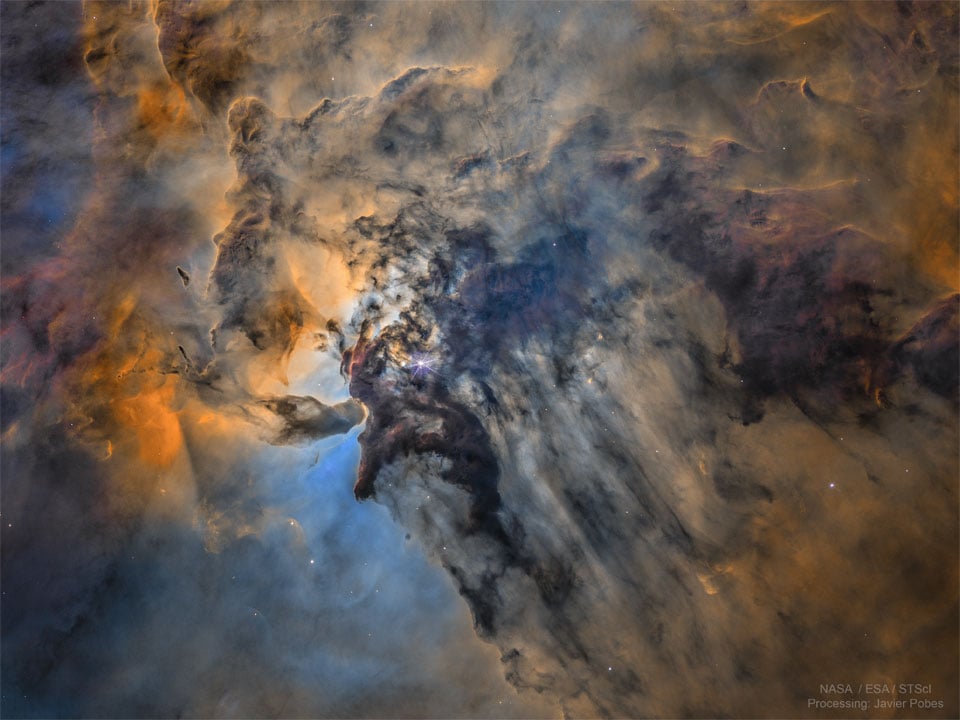this post was submitted on 10 Apr 2025
1245 points (99.6% liked)
[Dormant] moved to !space@mander.xyz
10598 readers
1 users here now
This community is dormant, please find us at !space@mander.xyz
You can find the original sidebar contents below:
Rules
- Be respectful and inclusive.
- No harassment, hate speech, or trolling.
- Engage in constructive discussions.
- Share relevant content.
- Follow guidelines and moderators' instructions.
- Use appropriate language and tone.
- Report violations.
- Foster a continuous learning environment.
Picture of the Day
 The Busy Center of the Lagoon Nebula
The Busy Center of the Lagoon Nebula
Related Communities
🔭 Science
- !astronomy@mander.xyz
- !curiosityrover@lemmy.world
- !earthscience@mander.xyz
- !esa@feddit.nl
- !nasa@lemmy.world
- !perseverancerover@lemmy.world
- !physics@mander.xyz
- !space@beehaw.org
- !space@lemmy.world
🚀 Engineering
🌌 Art and Photography
Other Cool Links
founded 2 years ago
MODERATORS
you are viewing a single comment's thread
view the rest of the comments
view the rest of the comments

Not OP, but solar photography requires super dense filters so like sunglasses alter what you see from "actual" the filters also alter the image from "actual" yet this is what would "actually" be "seen" by the camera. So yes and no depending how you want to interpret "actual".
Thanks, this makes sense. I’ve heard there are some great astronomy photos where what we are seeing isn’t actually visible to the naked eye. Rather it’s invisible gases or something, and the photos are just visualizations based on assigning colors to density… I guess I was wondering if it was something like that. It sounds like it’s not.
When they sense invisible electromagnetic wavelengths like xrays or microwaves and "assign" colors to completely invisible wavelengths then that is false color imaging. Possible to do with the sun... but unlikely with an amateur rig.